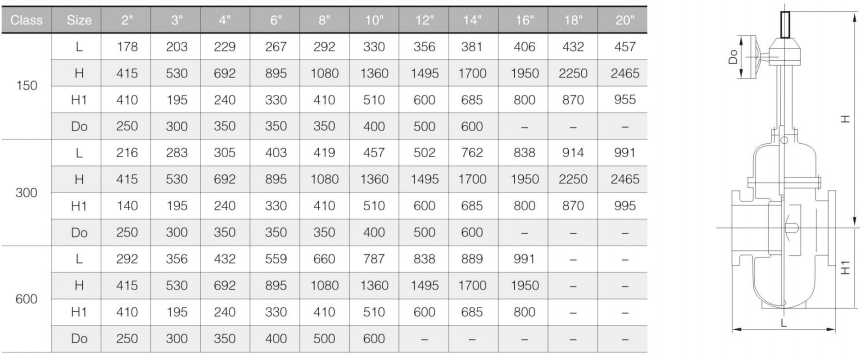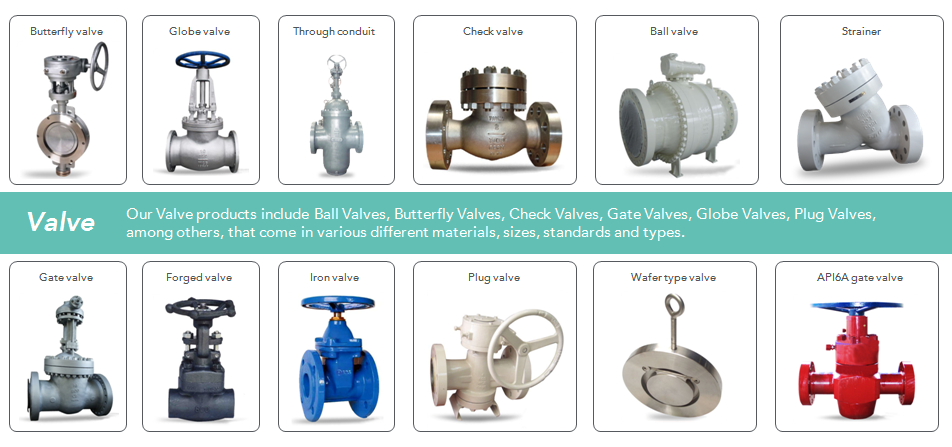The API 6D through conduit gate valve is designed with 600 LB flange and gearbox connection. Made of carbon steel WCB, the 20 inch gate valve has soft seat design without diversion hole.
Payment:
30% when order confirmed, 70% before shipmentProduct Origin:
ChinaColor:
CustomizationShipping Port:
Shanghai, ChinaLead Time:
30~60 days Ex Works after order confirmationMaterial:
ASTM A216 WCBProduct Description
|
Type |
Through Conduit Gate Valve |
|
Size |
20 Inch |
|
Pressure |
Class 600 |
|
Construction |
Through Conduit, Soft Seated, Without Diversion Hole |
|
Connection |
RF Flange, Butt Weld |
|
Operation |
Gearbox |
|
Body Material |
ASTM A216 WCB |
|
Design Code |
API 6D |
|
Pressure & Temp Code |
ANSI B16.34 |
|
Test & Inspection Code |
API 598 |
|
Medium |
Water, Oil and Gas |
|
Origin |
China |
Product Range
Body material: Carbon Steel, Stainless Steel, Alloy Steel
Normal diameter: 2’’ ~ 60’’ (DN50 ~ DN1500)
End connection: Butt Weld, Flange
Pressure range: 150lbs ~ 2500lbs (PN16 ~ PN420)
Operation: Handwheel, Gearbox, Electric, Pneumatic, Electro Hydraulic Actuator, Gas over oil actuator
Working temperature: -46℃~ +200℃
Seat Type: Meta to Metal Seat, Soft Seat
Material
|
Part Name |
Material |
|
Body & Bonnet |
A216 WCB,CF8,CF8M,CF3,CF3M |
|
Wedge |
Alloy Steel(face harden treated), Stainless steel(with Co overlay) |
|
Stem |
Alloy steel(face erosion-resistant treated) |
|
Seat |
Alloy Steel(race Harden Treated,Beset F plastic),Steel(with Co overlay,Beset F plastic) |
|
Packing |
PTFE |
|
O-Ring |
NBR,FEP |
Dimension

About Dervos
Xiamen Dervos Valve Industry Co.,Ltd was founded in 2008. We are an doer at valve industry and accumulated ten years export experiences. Dervos alway focus on customer's feeling. We pay attention to what our customer paid.
This kind of faith help Dervos people developing continuously.

Our Main Product Range
Our Valve products include Ball Valves, Butterfly Valves, Check Valves, Gate Valves, Globe Valves, and Plug Valves in various different materials, sizes, standards and types.

If you are interested in our products and want to know more details,please leave a message here,we will reply you as soon as we can.